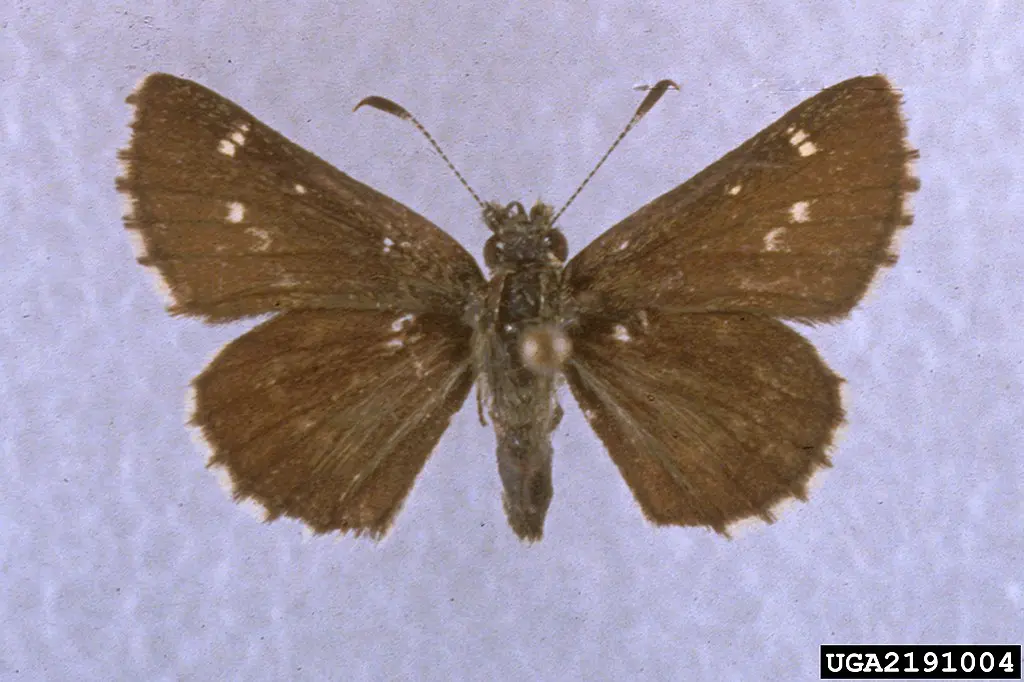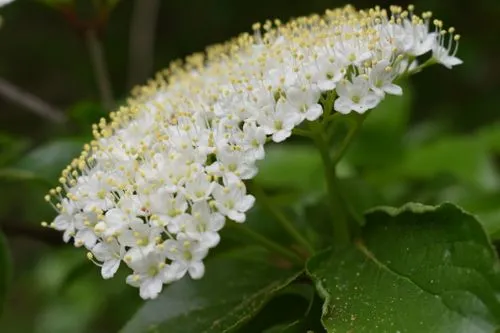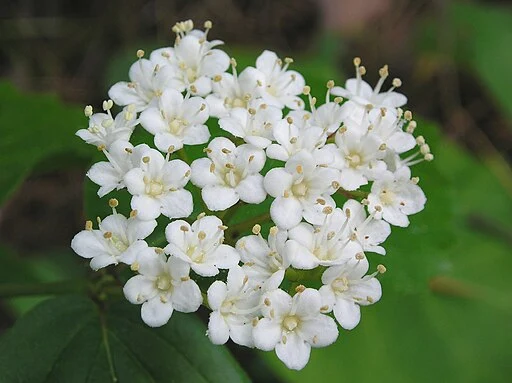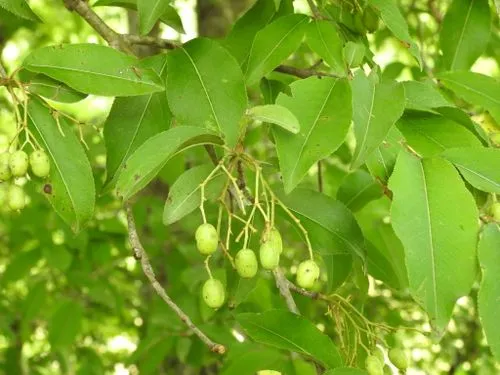Introduction to the Pepper and Salt Skipper
The Pepper and Salt Skipper is found generally in the eastern United States and very southern parts of Canada. The host plants for this species are grasses, including Indian Wild Oats (Chasmanthium latifolium), bluegrass (Poa pratensis), and Indian grass (Sorghastrum spp.). This skipper flies from April to July.

Pepper and Salt Skipper
The Pepper and Salt Skipper is a member of the family Hesperiidae and the subfamily Hesperiinae.
Description
Color: The Pepper and Salt Skipper is a dark reddish brown with white spots on the top. The underside looks like a combination of salt and pepper, giving it the name (Alabama Butterfly Atlas). The white areas on the underside of the forewing are not limited to the margin and the underside has a greenish cast (Maritimes Butterfly Atlas).
Wingspan: about 1 inch +/-
Active Flying Time: These skippers fly from April to July with northern areas being later. Generally there is one brood during the year, but there may be a small second brood in the some of the North Carolina populations (Butterflies of North Carolina) and also in Massachusetts (Butterflies of Massachusetts).
Alternate Names: No other names are known.
Lifecycle of the Pepper and Salt Skipper
The light green colored eggs of this skipper are laid on blades of grass.
The larvae, or caterpillars, are green with a dark green dorsal stripe and tan head. Once hatched they make a nest of curled grass and hibernate until spring.
The chrysalis is light beige with a tinge of green and comes out in the spring or summer.
The adults can overwinter as an adult or fly south to Mexico from more northern areas (Wisconsin Pollinators). This butterfly is considered to be uncommon in most places and when seen not very many are present.
Other species similar to the Pepper and Salt Skipper
The Pepper and Salt Skipper is similar to the Common Roadside Skipper, Bell’s Roadside Skipper, Dusky Roadside Skipper and the Reversed Roadside Skipper. The Pepper and Salt Skipper differs from the others in that it has white spots in the center of the upper forewing (Wisconsin Pollinators) and does not have striping on the body (Alabama Butterfly Atlas (PDF)). It differs from the Reversed Roadside Skipper by having checkered wing fringes (Alabama Butterfly Atlas).
Habitat and Range
The Pepper and Salt Skipper ranges from the eastern mid-west through the eastern United States and into Canada.
This skipper lives in the openings of woodlands and on the edges of woodlands, where it is moist. It can also be found in floodplains, streams, and wet right-of-ways. It is one of the few skippers found inside rich hardwood and coniferous forests (Butterflies of North Carolina) and Butterflies of Massachusetts).
This butterfly may have declined in number due to gypsy moth and mosquito spraying (Butterflies of Massachusetts).
Host Plants
The larvae, or caterpillars, of the Pepper and Salt Skipper eat the leaves of grasses including Wild Indian Oats (Chasmanthium latifolium), Kentucky bluegrass (Poa pratensis), Indian grass (Sorghastrum spp.), and mannagrass (Glyceria spp.). More about Wild Indian Oats can be found on this blog post.
Nectar Plants
This butterfly infrequently nectars and is generally seen on the forest floor (Butterflies of North Carolina) where it gets nutrients and moisture from damp soil (Alabama Butterfly Atlas). Flowers that have been noted as nectar sources include viburnum (Viburnum spp.) and blackberry (Rubus spp.) (Butterfliesandmoths.org). It has also been noted to nectar on wild geranium (Geranium maculatum) (New Jersey Butterflies).


